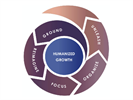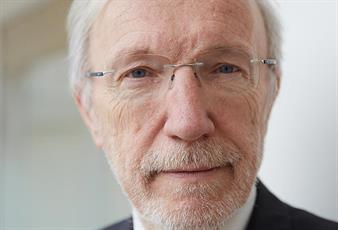Maja Pawinska Sims 31 Jul 2018 // 12:00PM GMT

LONDON — A new study of influencers and marketing spend shows 12% of UK influencers bought fake Instagram followers in the first six months of the year, and engagement rates for most influencers drop off rapidly when they post branded content.
Benchmarking and measurement firm CampaignDeus analysed almost 700,000 posts and identified influencers who bought ‘bot’ followers by looking for signs such as those with a very low proportion of their audience based in the UK, unexplained leaps in follower counts and unusually low engagement rates.
The first Influencer Index also reveals smaller brands are currently commanding greater ROI potential amongst influencers: only four established brands appear in the top 10 rankings for best engagement rates experienced by brand-sponsored influencers.
Despite recent reports that marketers spend up to £75,000 for a branded post from a ‘macro’ influencer compared to an average £1,500 for one from a ‘micro’ player, the Index reveals influencers with under 100k followers on average achieve a 60% higher engagement rate for branded posts compared to those with 100K+ followers.
UK marketers are pumping more money into fashion and style influencers than any other sector: 34% of branded posts on Instagram are for brands in this sector. Beauty is the next best performing sector with 23% of branded posts, followed by food and drink (16%). Fitness is the fastest-growing sector for influencer marketing spend, increasing by 8% month-by-month.
Despite this growth – and the fact that 43% of marketers plan to increase influencer marketing spending over the next year, according to recent data from the US Association of National Advertisers – engagement rates are 11% lower on average when marketers start sponsoring content, compared to influencer organic content.
Nearly all sectors see a drop-off between branded and organic engagement rates, with the parenting sector being the only exception. This is most extreme in the beauty sector, where brand sponsored content performs on average 27% worse than influencer organic content.
The Influencer Index also shows that the drop-off between branded and organic influencer posts increases as account sizes grow: the 17% drop off for micro-influencers rises to 44% where brands are working with influencers with more than a million followers.
CampaignDeus CEO Muhsen Syed said: “Marketers need to be aware that those larger influencers are likely to deliver almost 50% less engagement than you might expect by looking at their past organic content.”
The Index also reveals features which boost engagement in branded posts: competitions increase influencer engagement rates by 20% and selfies outperform product-only shots by 40%. Including landscapes or animals in a shot also helps increase engagement potential.
Syed said the Index, which will be produced every six months, would bring “clarity, transparency and guidance” to the “Wild West” influencer marketing industry: “The results finally shine some light on the scale of industry fraud and provide valuable insights for marketers looking to assess and optimise their investments. Whether it’s the size of the influencer or the size of the brand, small seems to be beautiful when it comes to return on investment.”
He said that to optimise influencer marketing spend, brands needed to “stop fruitlessly searching for a magic ROI number, which doesn’t accurately exist.” Syed said that based on the report, brands’ focus should be on “building a systems-based approach to influencer marketing measurement, which places benchmarking at its core, so brands can easily compare their performance against their competitors and the broader market.
"Only by doing independent comparison across and by sector will marketers fully understand how well their marketing buck is bouncing throughout this growing and important multi-million pound arena.”


































.jpg)

















